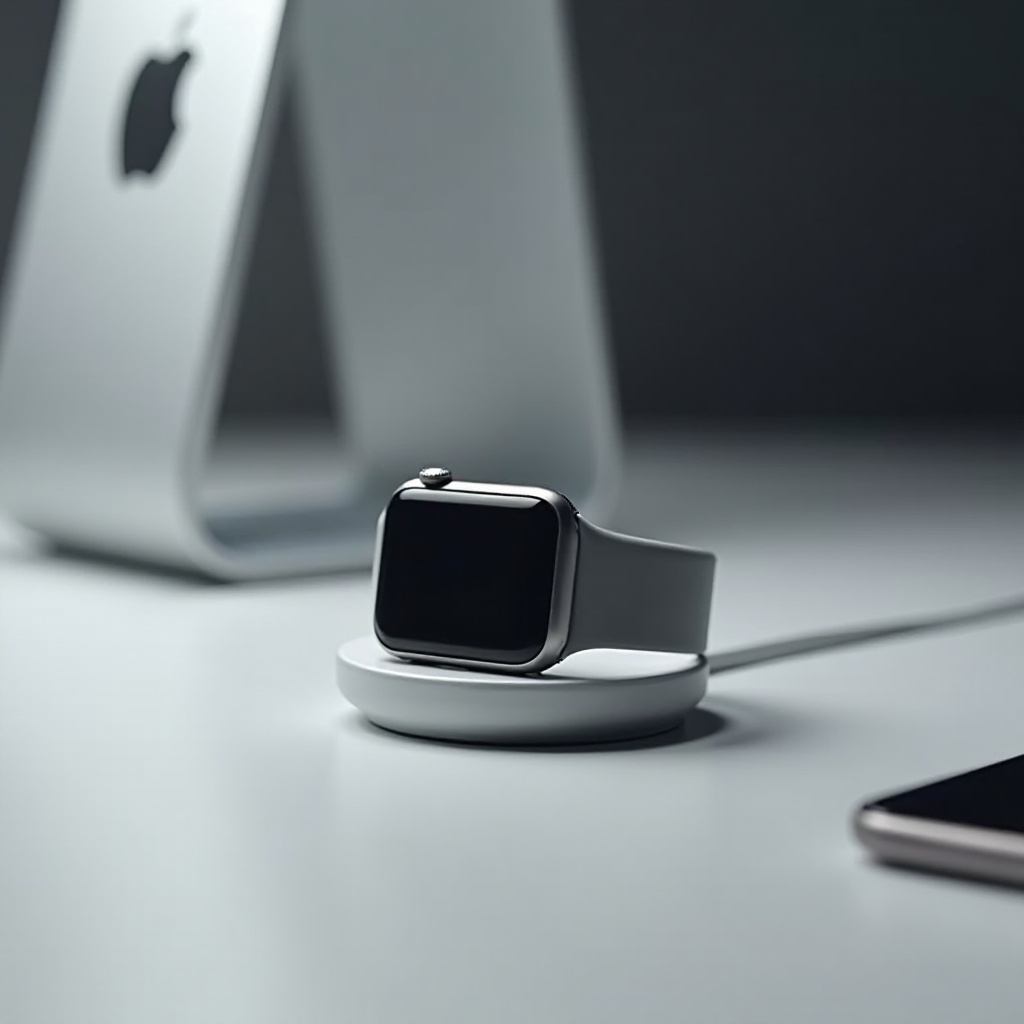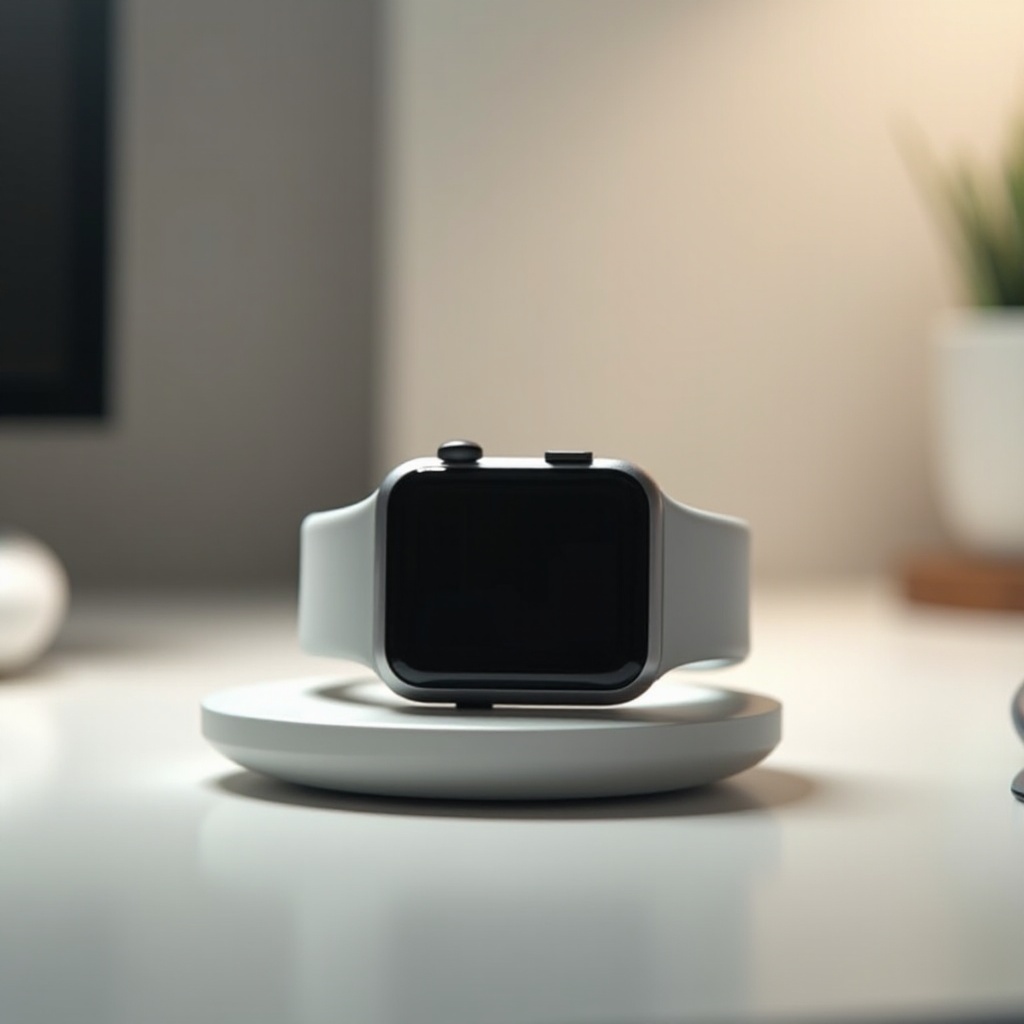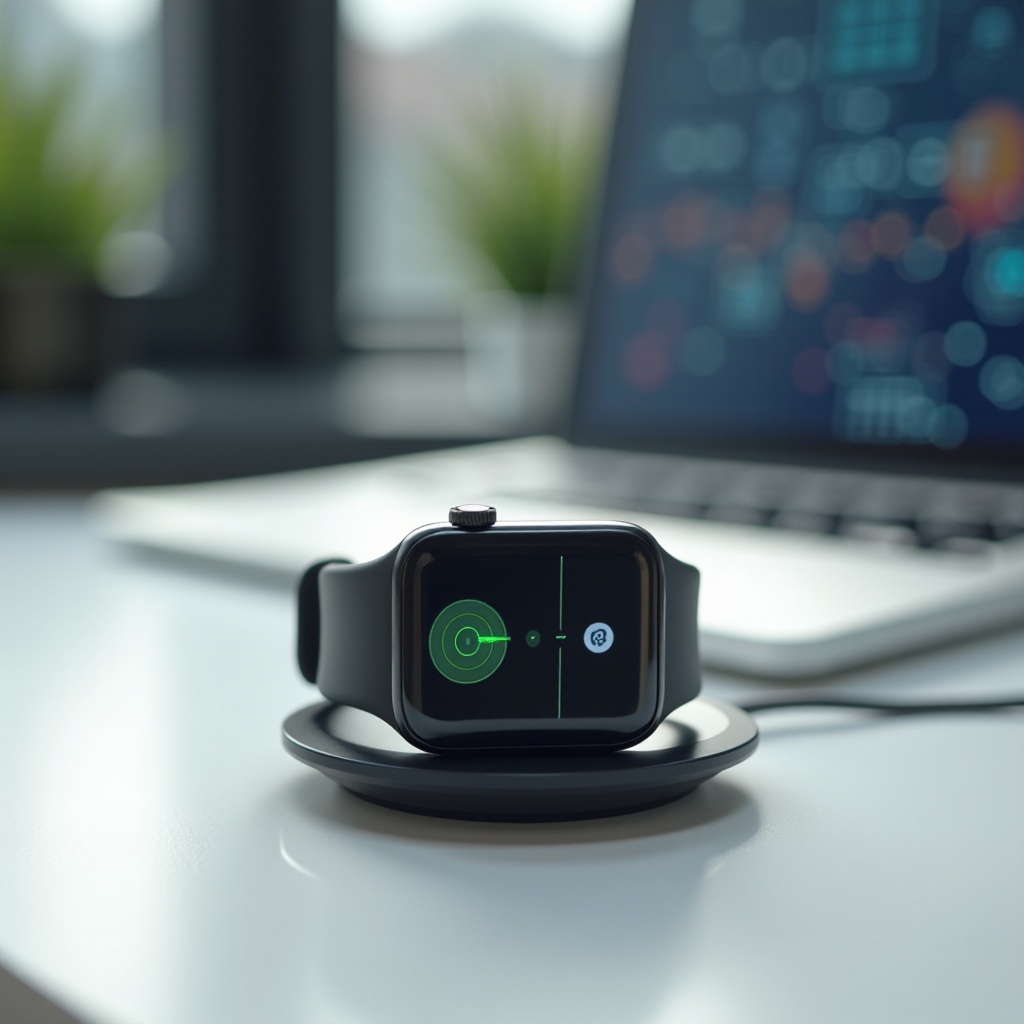Introduction
With the increasing reliance on gadgets, Apple Watch users often worry about potential battery damage from overcharging. Ensuring the longevity and efficiency of your device’s battery is paramount in the digital age. Users are curious about whether Apple Watch can face issues if left on the charger for extended periods. This blog addresses these concerns, debunking myths and shedding light on the efficient charging system Apple has built-in for these smartwatches. We will also provide insights into battery science and reveal best practices ensuring your Apple Watch remains powered efficiently.

Understanding the Apple Watch Charging System
Apple has consistently been at the forefront of innovation, and this is evident in its charging system for the Apple Watch, structured around user convenience. The magnetic charging technology facilitates a smooth, hassle-free experience where the watch and charger align magnetically for a secure connection.
Smart in-built technology plays a crucial role in safeguarding the battery from overcharging. As the Apple Watch reaches full charge, it automatically ceases to draw power. This feature minimizes stress on the battery and curbs risks associated with overcharging. Despite this technology, myths continue to circulate, rooted mainly in the experiences with older or different technologies. Understanding this system is instrumental in demystifying whether one can indeed overcharge the Apple Watch or it remains a mere myth.
Can You Actually Overcharge Your Apple Watch?
The notion of ‘overcharging’ suggests a continuous intake of power even after a battery has reached full capacity, possibly damaging it. With the Apple Watch, however, this is not a concern thanks to its intelligent design. Once fully charged, the watch’s system halts further power intake, eliminating overcharging risks.
Myths likely stem from earlier technology where devices suffered battery troubles due to prolonged charging. In contrast, modern electronics like the Apple Watch host safeguards that older devices didn’t possess. While you cannot overcharge due to these smart safeguards, user habits significantly impact battery health. Practices like exposing the watch to high temperatures or ignoring software updates can detract from the battery’s longevity.
Delving into the science behind smartwatch batteries, we uncover why they function as they do, laying groundwork for adopting charging practices that safeguard your Apple Watch’s battery health.

The Science Behind Smartwatch Batteries
Apple Watches harness lithium-ion batteries, celebrated for their efficiency and dependability. Such batteries power a wide array of high-tech devices with their rapid recharge capability and energy storage. However, they have a finite life, determined by charge cycles.
A charge cycle means using 100% of the battery’s capacity though not necessarily in a single use. For example, utilizing 75% today and 25% tomorrow constitutes one cycle. Devices like the Apple Watch optimize these cycles, yet the number of cycles impacts long-term battery health. Awareness of how these systems operate equips users to maintain their device’s efficiency.
With insight into this science, you can comprehend why certain charging methods are advocated and others discouraged, strategically developing habits that preserve battery life.

Best Practices for Charging Your Apple Watch
To maintain functionality, adopt these best charging practices:
-
Regular Charging: Charge your Apple Watch in regular but brief intervals instead of waiting till it’s fully depleted. This method sustains the integrity of your charge cycles.
-
Avoid Extreme Temperatures: Charging environments matter. High temperatures accelerate battery wear, so opt for a cool, dry place.
-
Use Official Chargers: Apple’s official cables and chargers ensure your device’s safety. Third-party options may vary in quality and could risk damage.
-
Stay Updated: Incorporate Apple’s software updates, which often include battery optimizations. These can enhance battery longevity and stability.
-
Routine Calibration: Every few months, run your watch down to 0% before charging uninterrupted to 100%. This recalibrates the battery sensor.
Implementing these practices ensures your smartwatch’s efficiency while maximizing battery life, with awareness and proactivity being central to upkeep.
Common Charging Mistakes to Avoid
Steering clear of these common charging errors is vital:
-
Prolonged Charger Connection: While modern devices halt energy intake post full-charge, reducing unnecessary charger time is beneficial.
-
Non-Master Chargers: Always pick Apple-sanctioned chargers to avoid possible irrevocable damage from unofficial accessories.
-
Neglecting Updates: Skipping software updates can detract from battery health as these often contain crucial management enhancements.
Avoiding these pitfalls aids in preserving your watch’s battery health and extending device life.
Conclusion
In summary, worries about overcharging the Apple Watch may be widespread; however, advancements in technology have introduced mechanisms to negate this problem. By understanding the Apple Watch’s charging logistics, grasping the science behind its battery, and following best practices, you can cultivate habits nurturing your device’s efficiency and longevity.
Frequently Asked Questions
Does charging overnight damage the Apple Watch battery?
Charging overnight won’t harm the battery. The Apple Watch’s inbuilt technology automatically halts charging upon reaching full capacity, thus preventing overcharging.
How can I maximize the battery life of my Apple Watch?
To prolong battery life, charge it routinely yet avoid full depletion, maintain a cool device environment, use official chargers, stay updated with software, and calibrate periodically.
What should I do if the Apple Watch battery drains too quickly?
If rapid drainage occurs, ensure software is current, lower screen brightness, restrict background apps, and undertake battery calibration. Persistent issues should be directed to Apple Support.
